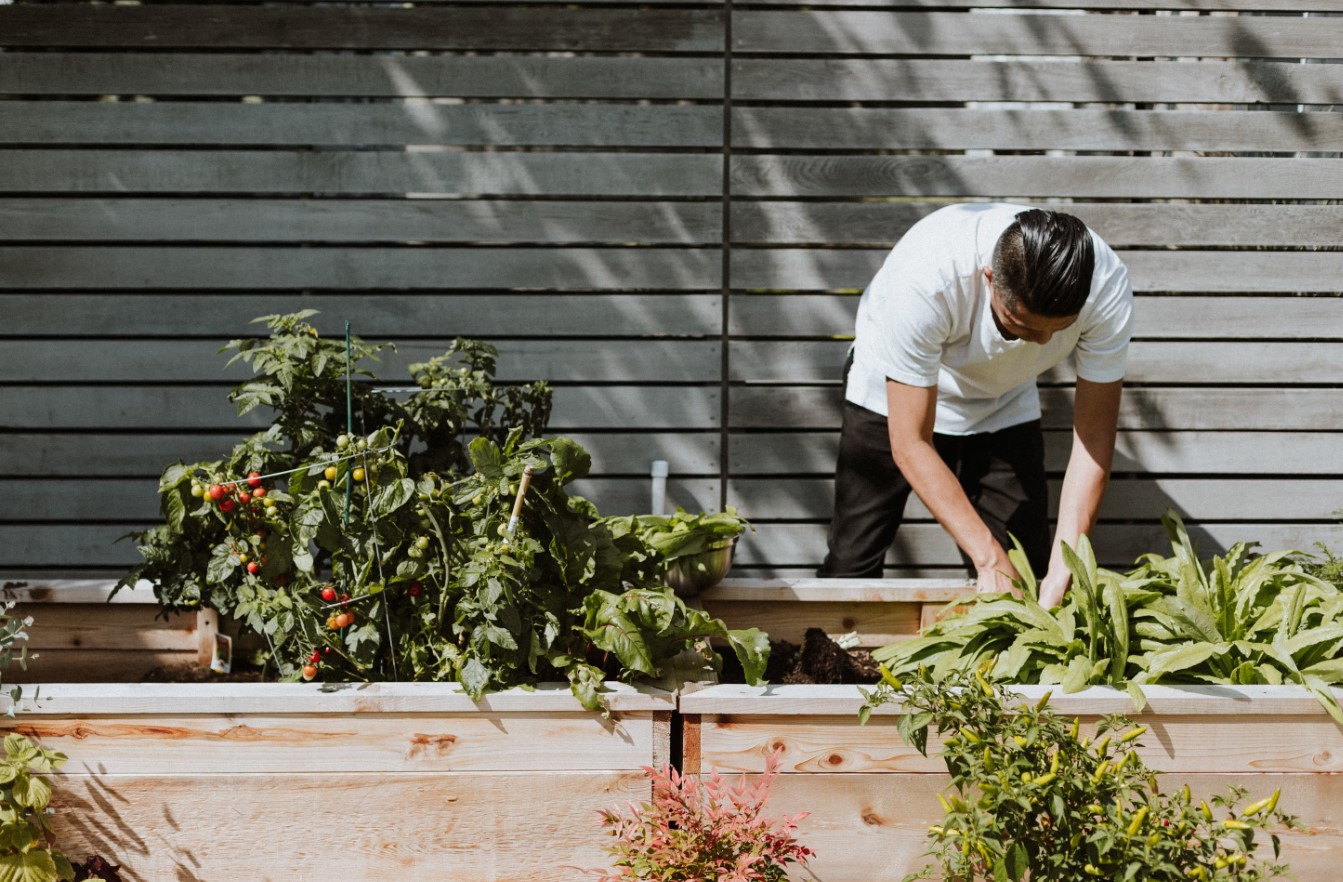Having some extra outdoor space is a rarity in densely packed localities of contemporary times. You’re fortunate if your buy-to-let property has some outdoor space. You can convert the empty, barren piece of land into a garden.
There has been a surge in the demand for rental properties with gardens in recent years. Tenants are seeking rentals with gardens because they offer a safe haven to relax in.
Turning your empty backyard into a garden might seem superfluous, but it can significantly boost the value of your rental property. That will create demand for your rental property among tenants.
However, not everyone has a green thumb. Thus, you cannot expect your tenants to spend four to eight hours a week caring for your garden. This is why you should create a low-maintenance garden so that your tenants can easily manage it.
In this blog, we’ll share some tried-and-tested tips to create a garden your tenants can easily care for.
#1 Opt For Native Plants
Exotic plants like the Japanese Maple are a stunning addition to any garden. These plants are easy to grow, but they require a bit more care than native plants. You cannot count on your tenants to care for these plants. Even if they require basic care, not all tenants have time to spare for gardening.
Instead of opting for them, consider native plants. One significant upside of native plants is that they fill the garden with greenery without requiring too much care.
Hardy perennials, like the Texas Blue Giant fig, are often the best bet for rental properties because they can survive for three seasons or more and withstand freezing temperatures. Peonies, catmint, and Shasta daisy are some hardy perennials you can plant in your yard. Or even better, go for drought-tolerant plants like daylilies, tall phlox, or salvia. These require less care and water and thrive in many weather conditions.
#2 Add a Deck
Growing grass in the garden enhances its beauty, regardless of whether it’s small or large. But it requires a lot of maintenance. Artificial grass is a great alternative to natural grass, but it’s expensive and less durable than the latter.
Instead of grass, why not add a deck to your outdoor space? Decking is one of the smartest ways to add beauty to your rental property’s garden. Decks are quite a low-maintenance structure to add to your backyard. It just requires jet washing or mopping periodically.
Decks are appreciated by tenants because they serve as a fantastic gathering place. From a summer cookout to hosting a BBQ party, decks offer a nice place to sit and enjoy the great outdoors.
You can hire a contractor or a carpenter to build a deck, but we advise you to DIY it. Just a few things are needed to get started. These include deck building materials such as wood, circular saw and drop saw, hand drill, tape measure, set square, and spirit level. You will also need countersinking tools to drill small, cone-shaped holes.
Since building a deck is a one-time project, consider renting deck-building tools. Purchasing them means you will have to spend a good chunk of money. Before you start with your DIY decking project, make sure to explore construction equipment rental options. Several equipment rental companies offer construction tools for rent so that homeowners can complete their DIY projects, even on tight budgets.
Construction equipment rental companies, SitePro Rentals says, offer meticulously maintained equipment from top brands on rent. You can rent them for a day, a week, or four weeks. Thus, you can complete your DIY deck-building project on time without spending a ton on machines.
#3 Mulch Your Flower Beds
Weeds are every gardener’s worst enemy. These unwanted, persistent plants never stop growing, regardless of how assiduously you remove them.
Getting rid of weeds is a task in itself. Your tenants might not be gardening enthusiasts. Or, even if they are, they may not have time to spare to pull out weeds. That is why you should mulch your flower beds. The technique of covering the soil with another material, such as bark chips, gravel, or plant materials like twigs, grass, and leaves, is known as mulching.
Mulch deters weeds from the lawn by preventing sunlight from reaching the top part of the soil. Adding a layer of mulch also helps the soil retain moisture. Your garden won’t require watering too often, saving your tenants from the hassle of maintaining them.
#4 Install an Automatic Drip Irrigation System
An efficient and economical way to water your plants is to install an automatic drip irrigation system. These systems deliver the right amount of water to plants at the right time, even when you are away.
A significant upside of automatic drip irrigation systems is that you can operate them through your smartphones. You can water your plants from anywhere in the world with just a click. Installing such a system will save your tenants from the hassles of manually watering the garden, contributing to a positive rental experience.
To sum things up, a garden can boost the value of your buy-to-let property and help increase your rental income. However, your property will be attractive to tenants only if the garden is easy to manage or low-maintenance. Smart design choices and careful planning can help you create a low-maintenance garden. Thus, follow these tips to build a yard that requires minimal care or effort, and your tenants will thank you.










